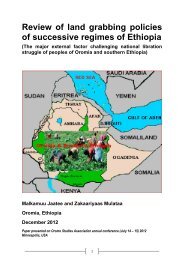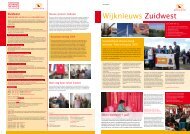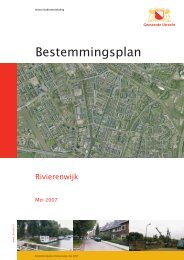freakonomics
freakonomics
freakonomics
Create successful ePaper yourself
Turn your PDF publications into a flip-book with our unique Google optimized e-Paper software.
But within a few years, there were already signs of a massive revival. As wartime anxiety<br />
gave way to postwar uncertainty, Klan membership flourished. Barely two months after<br />
V-J Day, the Klan in Atlanta burned a 300-foot cross on the face of Stone Mountain, site<br />
of a storied rock carving of Robert E. Lee. The extravagant cross burning, one Klansman<br />
later said, was intended “just to let the niggers know the war is over and that the Klan is<br />
back on the market.”<br />
Atlanta had by now become Klan headquarters. The Klan held great sway with key<br />
Georgia politicians, and its Georgia chapters included many policemen and sheriff’s<br />
deputies. Yes, the Klan was a secret society, reveling in passwords and cloak-and-dagger<br />
ploys, but its real power lay in the very public fear that it fostered—exemplified by the<br />
open secret that the Ku Klux Klan and the law-enforcement establishment were brothers<br />
in arms.<br />
Atlanta—the Imperial City of the KKK’s Invisible Empire, in Klan jargon—was also<br />
home to Stetson Kennedy, a thirty-year-old man with the bloodlines of a Klansman but a<br />
temperament that ran opposite. He came from a prominent southern family whose<br />
ancestors included two signers of the Declaration of Independence, an officer in the<br />
Confederate Army, and John B. Stetson, founder of the famed hat company and the man<br />
for whom Stetson University was named.<br />
Stetson Kennedy grew up in a fourteen-room house in Jacksonville, Florida, the youngest<br />
of five children. His uncle Brady was a Klansman. But he got his first real exposure to<br />
the Klan when the family’s maid, Flo, who had pretty much raised Stetson, was tied to a<br />
tree, beaten, and raped by a gang of Klansmen. Her offense: talking back to a white<br />
trolley driver who had shortchanged her.<br />
Because Kennedy couldn’t fight in World War II—he had had a bad back since<br />
childhood—he felt compelled to defend his country at home. Its worst enemy, he<br />
believed, was bigotry. Kennedy became a self-described “dissident at large,” writing antibigotry<br />
articles and books. He became close friends with Woody Guthrie, Richard<br />
Wright, and a host of other progressives; Jean-Paul Sartre published his work in France.<br />
Writing did not come easily to Kennedy, or happily. He was at root a country boy who<br />
would rather have been off fishing the swamps. But he was afflicted by a foolhardy<br />
devotion to his cause. Kennedy would go on to become the only gentile member of the<br />
Anti-Defamation League’s postwar effort to smite bigotry. (He coined the phrase “Frown<br />
Power,” a centerpiece of the ADL’s peer-pressure campaign, which encouraged people to<br />
pointedly frown when they heard bigoted speech.) He became the only white<br />
correspondent for the Pittsburgh Courier, the country’s largest black newspaper. (He<br />
wrote a column about the race struggle in the South under the pseudonym Daddy<br />
Mention—a black folk hero who, as myth told it, could outrun the blast of a sheriff’s<br />
shotgun.)<br />
What drove Kennedy was a hatred of small-mindedness, ignorance, obstructionism, and<br />
intimidation—which, in his view, were displayed by no organization more proudly than









